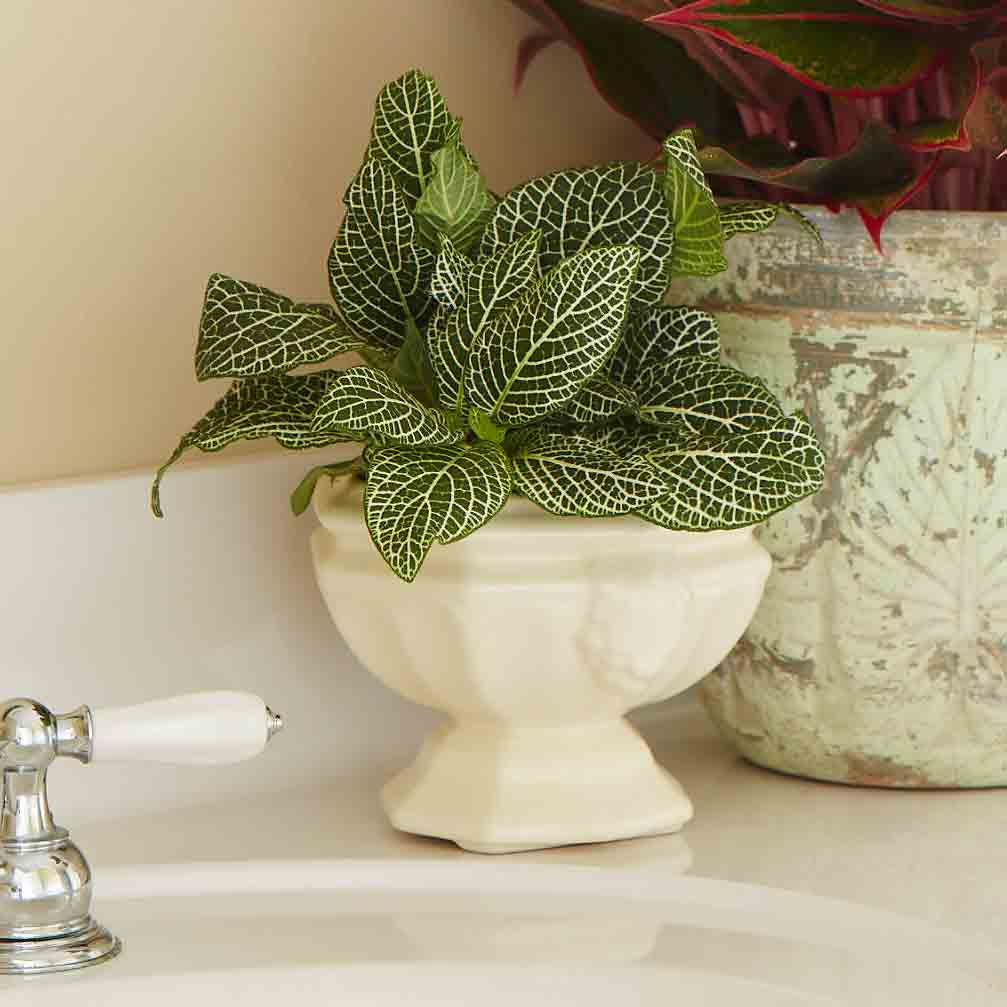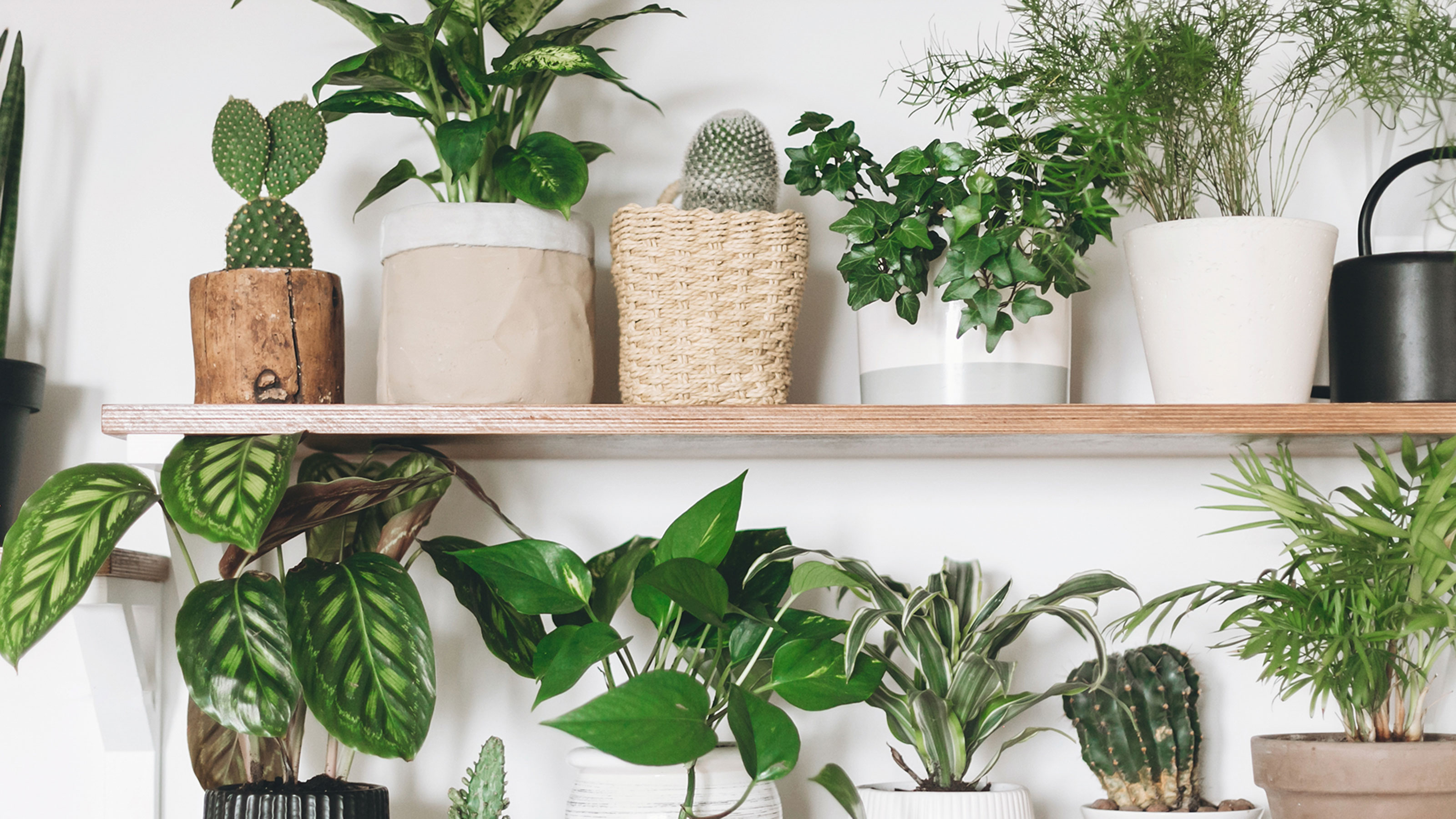Best Low-Light Indoor Plants That Add Greenery to Any Space with Little Light
Best Low-Light Indoor Plants That Add Greenery to Any Space with Little Light
Blog Article
Discover the most effective Low-Light Indoor Plants for Enhancing Your Home Decoration
Including low-light indoor plants into your home decor can dramatically improve both aesthetics and ambience, especially in rooms that lack abundant natural light. Selections such as the Snake Plant and ZZ Plant not just bring life to dim edges but additionally add to improved air top quality and overall health. Comprehending the unique characteristics and treatment requirements of these plants can bring about a much more unified living atmosphere. As we explore the top choices and their creative applications, one might ask yourself exactly how these options can change your space right into a flourishing sanctuary.

Why Select Low-Light Plants
Why choose low-light plants in your indoor rooms? The contemporary living setting typically presents difficulties such as limited all-natural light, making it difficult for typical houseplants to flourish. Low-light plants are especially adjusted to endure and flourish in these conditions, using a viable option for individuals seeking to boost their indoor areas without the included anxiety of keeping much more light-demanding plants.
In enhancement to their strength, low-light plants contribute significantly to the aesthetics of a space. Their varied variety of colors, dimensions, and shapes permits unique interior decoration opportunities, producing welcoming and vivid environments. Indoor plants are known for their air-purifying top qualities, boosting interior air top quality by launching and filtering system toxins oxygen, which can improve general wellness.
Low-light plants likewise call for very little upkeep, making them particularly attracting active individuals or those new to horticulture. Their adaptability enables placement in different atmospheres, from office rooms to dimly lit corners of the home. By choosing low-light plants, you can delight in the benefits of plant without the restraints that commonly come with typical horticulture, eventually fostering a much healthier and extra aesthetically enticing interior atmosphere.
Top Low-Light Indoor Plants
For those looking for to enhance their indoor rooms with plant that flourishes in low-light conditions, numerous plant choices attract attention for their durability and aesthetic allure. The Snake Plant (Sansevieria trifasciata) is a popular selection, recognized for its upright, sword-like leaves and capacity to tolerate neglect. This durable plant can survive in poorly lit areas while boosting indoor air quality.
One more outstanding alternative is the Pothos (Epipremnum aureum), characterized by its heart-shaped leaves and trailing creeping plants. When put on racks or hanging baskets., Pothos is not only versatile to low light yet likewise uses a striking visual contrast.
The ZZ Plant (Zamioculcas zamiifolia) is just as impressive, boasting glossy, dark green fallen leaves that can brighten up any kind of edge. Its dry spell resistance makes it suitable for busy home owners.
Care Tips for Low-Light Plants
Just how can you ensure that your low-light indoor plants grow despite restricted sunshine? Pick the proper potting mix that provides great drainage while preserving moisture. A well-aerated soil, such as a mix of potting dirt and perlite, can aid avoid root rot.
Watering is critical; low-light plants generally need less regular watering contrasted to their sun-loving equivalents. Constantly check the top inch of the soil-- if it feels dry, it's time to water. Beware of overwatering, as this can bring about fungal concerns and origin decay.
Fertilizing low-light plants ought to be done sparingly - Best low-light indoor plants. Utilize a balanced, water-soluble fertilizer during the expanding period, however lower or remove fertilizing in the dormant months
Additionally, dust can collect on leaves, hindering photosynthesis. Delicately clean the leaves with a click here for info moist fabric to keep them clean.
Finally, observe your plants carefully. Indications of distress, such as yellowing leaves or leggy growth, can show that your plant needs changes in treatment (Best low-light indoor plants). By adhering to these treatment tips, your low-light indoor plants can thrive, including appeal and vigor to your home
Imaginative Ways to Display Plants
Raising the aesthetic appeal of your indoor room can be achieved by attentively displaying your low-light plants in creative methods. Take into consideration making use of upright room to your advantage; wall-mounted shelves can display trailing plants like pothos or philodendron, adding lushness while saving flooring area. Additionally, utilize plant stands of differing heights to produce visual passion and deepness, attracting the eye upward.
Hanging planters are one more outstanding alternative, using a significant result when put on hold from the ceiling or hooks. Macramé wall mounts can present texture and bohemian flair, while modern-day ceramic wall mounts can suit a minimal aesthetic. For a more ingenious technique, repurpose special containers such as classic teacups or glass jars, which can include personality to your screen.
Grouping plants in collections is likewise reliable; use differing pot dimensions and shades to create a natural appearance. This approach not just enhances visual impact but likewise offers an all-natural environment feel - Best low-light indoor plants. Finally, think about putting plants near lights like lights or home windows to enhance their growth and display their lively foliage, therefore enhancing the total ambiance of your indoor setting.
Advantages of Indoor Greenery
Countless research studies have shown that integrating indoor greenery into your space provides a multitude of benefits, boosting both physical and psychological well-being. Among one of the most considerable benefits of interior plants is their ability to enhance air quality. Plants soak up co2 and release oxygen, developing a healthier ambience while likewise straining harmful toxic substances, therefore advertising respiratory health.
In addition, the existence of plant has been linked to decreased anxiety levels. Research study suggests that engaging with plants can decrease cortisol degrees, which are related to stress and anxiety. This soothing effect can my sources result in improved state of mind and increased efficiency, making interior plants an ideal enhancement to workspaces.
Furthermore, indoor browse around this site greenery can improve cognitive function. Studies recommend that environments enriched with plants can result in raised emphasis, creative thinking, and overall psychological clarity. The visual appeal of indoor plants likewise adds to a much more inviting and pleasant environment, favorably influencing social communications and overall contentment within a space.
Final Thought

Including low-light indoor plants into your home design can considerably enhance both visual appeals and ambience, particularly in areas that do not have bountiful all-natural light. Ranges such as the Serpent Plant and ZZ Plant not just bring life to dim edges yet also contribute to improved air top quality and overall well-being. Indoor plants are understood for their air-purifying qualities, improving interior air top quality by filtering toxins and launching oxygen, which can enhance total well-being.
For those seeking to enhance their interior areas with plant that thrives in low-light conditions, a number of plant options stand out for their durability and visual charm. These resistant plants, such as the Snake Plant and ZZ Plant, grow in dark problems and call for very little maintenance, making them ideal for various way of livings.
Report this page